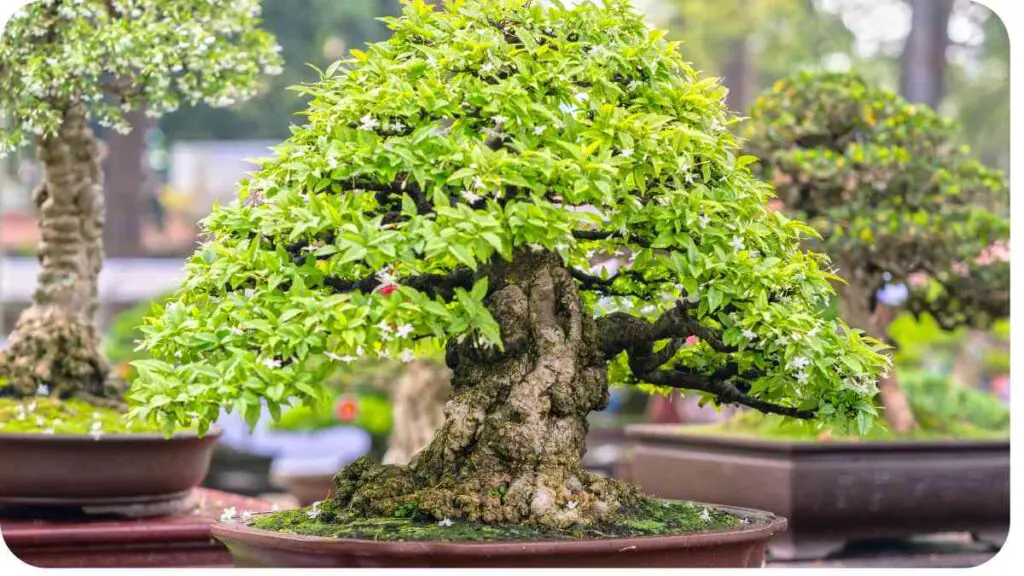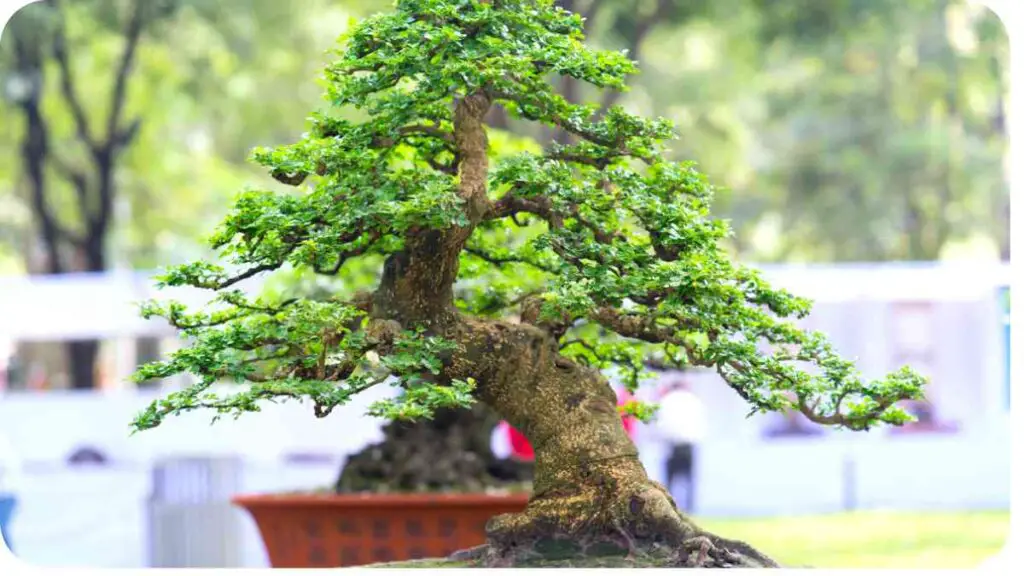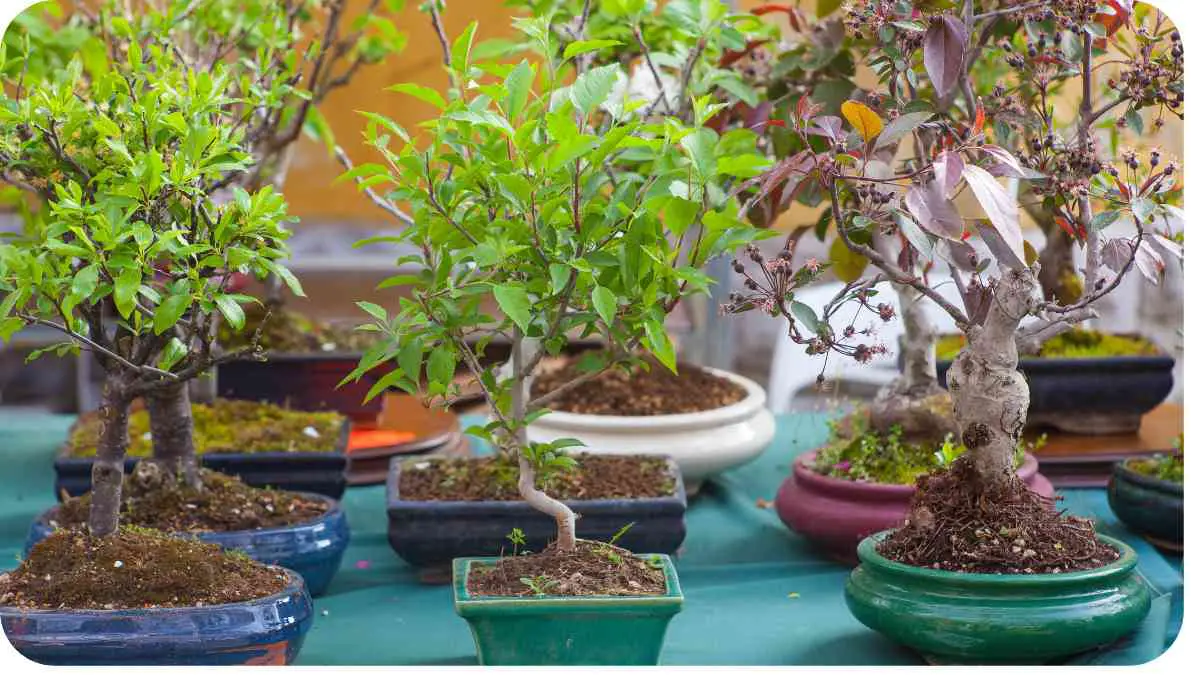Trees are marvels of nature, towering symbols of strength, resilience, and beauty. Their majestic presence in landscapes has captivated humans for centuries. However, have you ever stopped to wonder how trees develop their intricate network of branches?
In this article, we delve into the fascinating world of tree limb formation, exploring the science behind it and providing insights into cultivating healthy branch growth.
| Takeaways |
|---|
| Understanding the science behind tree limb formation |
| Implementing proper pruning techniques for healthy growth |
| Addressing common branching problems effectively |
| Cultivating trees with strong and resilient branch structures |
| Embracing the beauty and complexity of nature in tree care |
2. Understanding Tree Growth

The Anatomy of a Tree
To comprehend how trees form branches, it’s essential to understand their basic structure. Trees consist of several parts, including the roots, trunk, branches, and leaves. The trunk serves as the central support structure, while branches extend outward to capture sunlight and facilitate photosynthesis.
Understanding the growth patterns of trees is fascinating. Did you know that trees possess a remarkable ability to determine when to start branching out as they mature? It’s a testament to their adaptability and survival instincts.
| Tree Part | Function |
|---|---|
| Roots | Anchor the tree and absorb water and nutrients |
| Trunk | Provides support and transports water and nutrients |
| Branches | Capture sunlight for photosynthesis |
| Leaves | Conduct photosynthesis and exchange gases |
How Trees Grow
Tree growth occurs primarily through the process of cell division and elongation. At the tips of branches and roots, specialized cells called meristems continuously divide, leading to the formation of new tissue. As cells divide, they elongate, pushing older cells outward and causing the tree to increase in height and girth.
3. Branching Patterns in Trees
Apical Dominance
One of the key factors influencing branch formation is apical dominance. This phenomenon occurs when the terminal bud, located at the tip of the main stem or branch, suppresses the growth of lateral buds below it. As a result, the uppermost parts of the tree receive the most sunlight and resources, promoting vertical growth while inhibiting the development of lateral branches.
Axillary Buds
Axillary buds, also known as lateral buds, are small, dormant buds found in the leaf axils— the angle between the leaf and the stem. These buds have the potential to grow into new branches when activated by environmental cues or changes in hormonal balance. Understanding the role of axillary buds is crucial in predicting and managing branch development in trees.
| Bud Type | Location | Growth Potential |
|---|---|---|
| Terminal Bud | Tip of main stem/branch | Promotes vertical growth |
| Axillary Bud | Leaf axils | Can develop into lateral branches |
4. Factors Influencing Branch Formation

Genetics
The genetic makeup of a tree plays a significant role in determining its branching pattern. Different species exhibit distinct branching habits, ranging from sparse and open to dense and compact. Additionally, within a species, individual trees may display variations in branching tendencies due to genetic diversity.
Ever wondered why our fingers wrinkle in water? The science behind pruney digits from waterlogging reveals intriguing insights into our body’s response to prolonged exposure to moisture. It’s a fascinating phenomenon with roots in evolutionary biology.
Environmental Factors
Environmental conditions such as light exposure, soil nutrients, water availability, and competition for resources influence branch development. Trees growing in open, sunny locations often have well-spaced branches, while those in dense forests may exhibit elongated trunks with few lateral branches.
Pruning Techniques
Pruning, the selective removal of branches and foliage, is a common practice in arboriculture to shape trees, remove dead or diseased wood, and promote healthy growth. Proper pruning techniques can influence branch formation by redirecting growth, reducing competition among branches, and improving overall tree structure.
| Factor | Influence on Branch Formation |
|---|---|
| Genetics | Determines species-specific branching patterns |
| Environmental Conditions | Affects branch spacing and development |
| Pruning Techniques | Shapes tree structure and promotes healthy growth |
5. The Science Behind Branch Growth
Hormonal Regulation
Branch growth is regulated by plant hormones, particularly auxins and cytokinins. Auxins, produced in the apical meristem, inhibit the growth of lateral buds, maintaining apical dominance. However, when apical dominance is disrupted, such as through pruning or damage to the terminal bud, auxin levels decrease, allowing axillary buds to activate and develop into branches.
Pruning is more than just trimming; it’s a technique that promotes stronger and healthier plant growth. By selectively removing branches, plants can allocate more resources to vital areas, resulting in sturdier structures and increased resilience against environmental stressors.
Response to Stress
Trees exhibit remarkable adaptability in response to environmental stressors such as wind, drought, and pest infestation. In times of stress, trees may allocate resources differently, prioritizing the growth of certain branches over others to optimize survival. Understanding how trees respond to stress can help arborists anticipate and mitigate potential damage to branches.
| Hormone | Function |
|---|---|
| Auxins | Inhibit lateral bud growth, maintain apical dominance |
| Cytokinins | Promote cell division and lateral bud activation |
6. Common Branching Problems and Solutions
Co-Dominant Leaders
Co-dominant leaders occur when two or more branches of similar size compete for dominance at the top of the tree. This can lead to weak attachment points and an increased risk of branch failure, especially during storms or high winds. To address this issue, arborists may employ techniques such as cabling and bracing to provide additional support or selectively remove one of the co-dominant branches to promote a single, dominant leader.
Overcrowded Branches
Overcrowded branches occur when multiple branches grow too closely together, limiting sunlight penetration and air circulation. This can create a dense canopy prone to disease and pest infestation. Thinning out overcrowded branches through selective pruning can improve light penetration and airflow, reducing the risk of fungal infections and promoting overall tree health.
Uncover the secrets to maximizing plant growth through the growth-boosting power of pruning. Pruning isn’t just about shaping; it’s about stimulating new growth and enhancing overall plant vitality. Discover the art and science behind effective pruning practices for thriving greenery.
Weak Branch Attachments
Weak branch attachments occur when branches grow too closely together, resulting in included bark—a condition where bark becomes trapped between the union of two branches. This weakens the attachment point and increases the likelihood of branch failure. To mitigate this risk, arborists may perform corrective pruning to remove included bark and improve branch structure.
| Problem | Solution |
|---|---|
| Co-Dominant Leaders | Cabling, bracing, or selective branch removal |
| Overcrowded Branches | Thinning out branches through selective pruning |
| Weak Branch Attachments | Corrective pruning to remove included bark and improve branch structure |
7. Cultivating Healthy Branch Growth

Proper Planting Techniques
Healthy branch growth begins with proper tree planting techniques. When planting a tree, it’s essential to dig a wide, shallow hole to encourage root spread and establishment. Avoid planting too deeply, as this can restrict oxygen flow to the roots and hinder growth. Additionally, water the tree thoroughly after planting to promote root hydration and reduce transplant shock.
Correct Pruning Practices
Pruning plays a crucial role in shaping tree growth and promoting branch health. When pruning, focus on removing dead, diseased, or crossing branches to improve airflow and reduce the risk of infection. Use clean, sharp tools to make precise cuts, and avoid over-pruning, which can weaken the tree and hinder growth.
Bonsai trees defy the odds, thriving for centuries in small pots. Explore how these miniature wonders survive and adapt to their confined environment, showcasing nature’s resilience and the intricate balance between root development, nutrient uptake, and controlled growth.
Maintenance Tips
Regular maintenance is key to fostering healthy branch growth. Monitor trees for signs of stress, disease, or pest infestation, and address issues promptly to prevent further damage. Provide adequate water during dry periods, especially for young trees, and apply mulch around the base to retain moisture and suppress weeds. By implementing these maintenance practices, you can ensure the continued vitality and vigor of your trees.
| Practice | Importance |
|---|---|
| Proper Planting Techniques | Establishes strong root system and promotes healthy growth from the start |
| Correct Pruning Practices | Shapes tree structure and removes potential sources of disease and decay |
| Maintenance Tips | Ensures ongoing health and vitality, reducing the risk of stress and damage |
8. Conclusion
Understanding the intricacies of tree limb formation is essential for promoting healthy branch growth and ensuring the long-term vitality of trees. By recognizing the factors influencing branch development, implementing proper pruning techniques, and providing ongoing maintenance, arborists and homeowners alike can cultivate thriving trees that enhance landscapes and contribute to the environment.
Whether addressing common branching problems such as co-dominant leaders or overcrowded branches, or simply striving to enhance overall tree health through proper planting and maintenance practices, proactive care and attention are key. By unraveling the mysteries of tree limb formation and harnessing the branching brilliance of nature, we can nurture trees that stand tall for generations to come.
In the journey of arboriculture, each tree tells its own story a tale of resilience, adaptation, and growth. By embracing the complexities of tree limb formation, we embark on a journey of discovery, unlocking the secrets of the natural world one branch at a time.
So, next time you gaze upon a majestic tree, take a moment to marvel at its branching brilliance and remember the intricate processes that shape its form and function.
Thank you for joining us on this exploration of tree limb formation. May your trees flourish and thrive, embodying the beauty and resilience of nature in all its glory.
Further Reading
- Unraveling the Wonders of Science: Exploring the Developmental Journey: Delve deeper into the science behind tree limb formation and explore the fascinating developmental journey of trees.
- The Mystery of the Doubletree of Bialbero di Casorzo: Learn about the intriguing phenomenon of a doubletree in Casorzo and uncover the mysteries surrounding its unique growth pattern.
- Branching Morphogenesis: From Cells to Organs: Explore the scientific research on branching morphogenesis and gain insights into the cellular processes underlying branch formation in trees.
FAQs
How do trees form branches?
Trees form branches through the activation of axillary buds, which are dormant buds located in the leaf axils. When environmental cues or hormonal changes occur, these buds can grow into new branches.
What is apical dominance?
Apical dominance is a phenomenon where the terminal bud at the top of the tree suppresses the growth of lateral buds below it. This promotes vertical growth and inhibits the development of lateral branches.
How do genetics influence branch formation?
Genetics play a significant role in determining the branching patterns of trees. Different tree species exhibit distinct branching habits, and individual trees within a species may display variations in branching tendencies due to genetic diversity.
What are some common branching problems?
Common branching problems include co-dominant leaders, overcrowded branches, and weak branch attachments. These issues can lead to structural instability and increase the risk of branch failure.
How can pruning promote healthy branch growth?
Pruning removes dead, diseased, or crossing branches, improving airflow and reducing the risk of infection. Proper pruning techniques can also shape tree structure and encourage the growth of strong, well-spaced branches.

For 15 years, Hellen James has worked in the gardening industry as an expert and landscape designer. During her career, she has worked for a variety of businesses that specialize in landscaping and gardening from small firms to large corporations.

